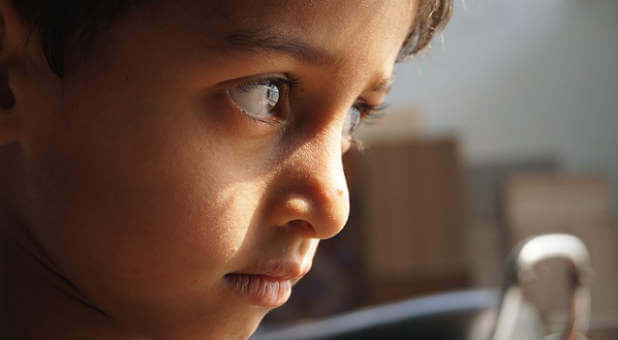An undisciplined child typically develops destructive behavioral patterns that hurt him or her as well as others. On the other hand, a disciplined child will learn constructive methods that will assist him in his interacting with the world. But the most important part of discipline is that it must be purposeful.
What Is Purposeful Discipline?
Purposeful discipline is a demonstration of one person’s love for another. When parents are intentionally disciplining their child to alter a destructive behavior, the parents are actually expressing love toward their child.
The reason for purposeful discipline is for the parent to provide the child with teaching or training that will assist in developing moral values and behaviors. These values and behaviors have worked and passed the test of time and have been proven to be effective in developing a healthy individual.
The 4 Requirements of a Parent Who Wants to Use Purposeful Discipline
1. Parents should be responsible and emotionally mature.
2. Parents should be able to meet their children’s concrete physical needs.
3. Parents should ready to actively teach through purposeful discipline.
4. Parents should be willing to be firm and consistent in their discipline.
8 Steps of Purposeful Discipline
1. Be in charge. Your child is your solemn responsibility to raise. The child is not your friend or your equal. To become a friend or equal to the child, the parent has to consciously distort reality. Parents who play the phony game of “I’m your equal” lose their authority as parents.
2. Model moral values. Adults who are ready to be parents possess awareness and emotional maturity as well as know the behavior and thought patterns their children need to have to be morally productive people in their future. For parents to begin the process of instilling values in the mind of the child, the parents need to believe in these values, to agree with each other these values are positive for the development of the child and most importantly, to model these values and behaviors.
3. Communicate the positives of moral values. After parents reach an agreement with each other on the values and expectations they desire in their child, the parents create parameters. A parameter is the defining of the expected general value to be internalized by the child. This is demonstrated by examples that give the pictures they want their children to internalize. The more creative energy the parents use in various situations to communicate these parameters, the clearer and more focused the child’s picture is in his head of what the parents expect from him.
4. Set limits and expectations. Parents set limits and expectations when they state the rules of what the child can and cannot do. As the parents observe the child’s behavior, the parent may see that the child often wanders outside of the established parameters. The parent sees the discrepancy between the parameter (desired value) and the child’s inappropriate behavior. To move the child back inside the lines of the parameter, the parents announce to the child the rules of what the child can and cannot do.
5. Prepare child with anticipated consequences. Once the parameters and corresponding limits are set, situational preparation logically follows. The particular situation that is going to occur, such as visiting relatives, going to church, and taking a day trip, requires that the parents prepare the children as to their specific expectations. Parents need to give the child the anticipation of a reward or punishing consequences for or inappropriate behavior. By spelling out the parent’s expectations to the child, the parents are setting up a forced choice that increases the probability of the child displaying the socially approved behavior.
6. Debrief after the event. After the specific event, the parents debrief the children on how things went according to their perception. The children were forewarned by the prepping and should be evaluated immediately following the situational event.
7. Administer consequences. Parents need to observe the child and give rewarding or punishing consequences depending on the behavior exhibited. Consequences are responses to behavior that increase or decrease the probability of a person adhering to a specific behavior. Using consequences shows the determination of an adult to enforce the limits and maintain the integrity as parental authority figures.
8. Discuss purpose of the discipline. Finally, the parents will ask the children or tell them the reason for the discipline in order to increase the understanding and decrease resentment. Depending upon the age of the child, the parent explains how his choices affect the family, friends, and his own development as a person. The younger the child, the simpler is the explanation. The older the child, the more complex is the explanation of the reason for the specific consequence.
Providing the child with values such as love, obedience, respectfulness, empathy, honesty, independence, willpower, conscience, critical thinking, pain control, social skills and safety awareness is an expression of love. Parents who consciously pass on their wisdom through purposeful discipline will eventually create a child who is internalizing the process of becoming self-disciplined. The emergence of a young individual’s self-discipline is a sure sign of parental love for the child. {eoa}
Dr. Domenick J. Maglio has been an educator and psychologist for over 45 years. He is the author of In-Charge Parenting: In a P.C. Nation. For more information, please visit, drmaglio.com and connect with him on Twitter, @djmaglio.







































